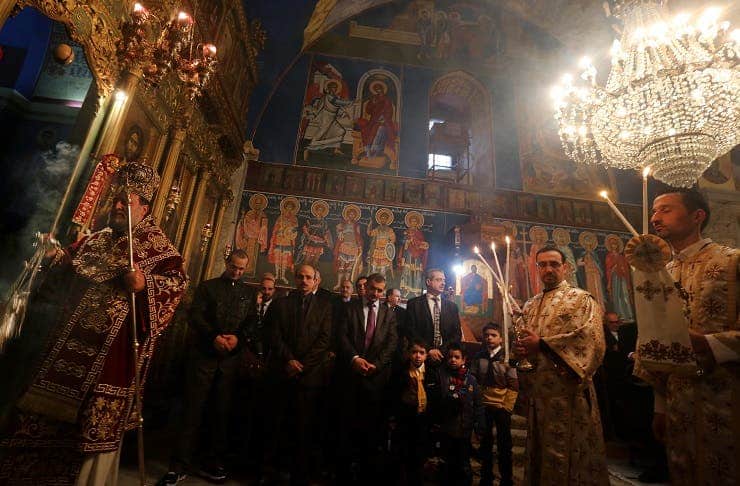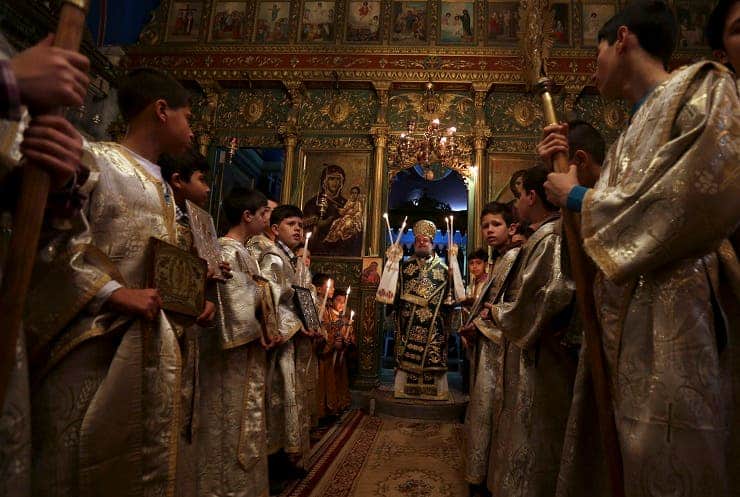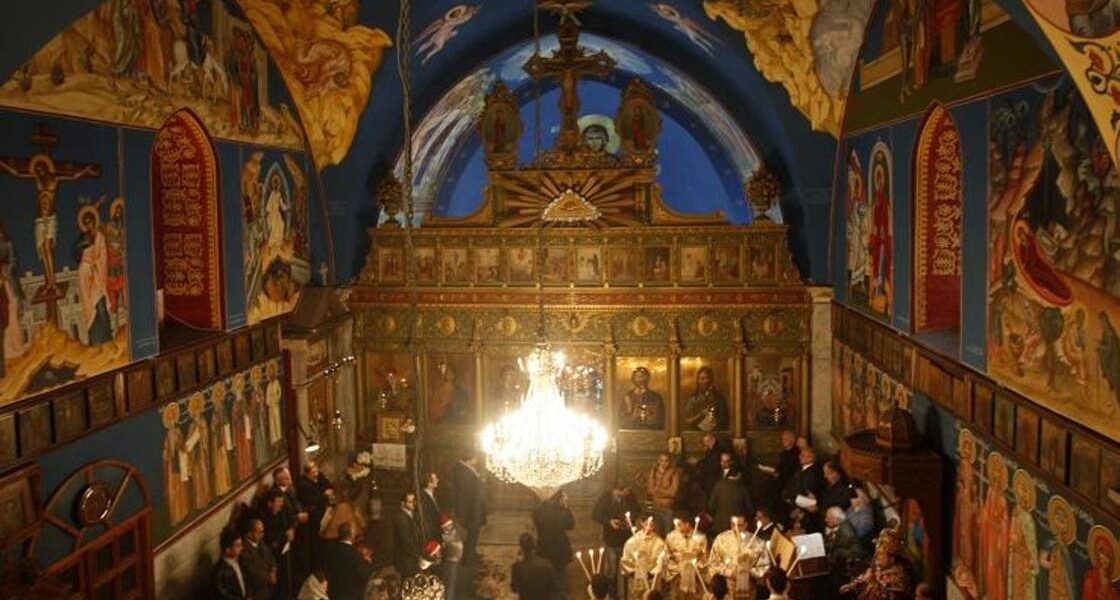An explosion occurred within the grounds of one of the world's oldest churches, Gaza City's St. Porphyrius Greek Orthodox Church, on Thursday evening while numerous Palestinian families were seeking refuge on the premises. Brave rescuers were on the scene, working diligently to extract people from the debris, and regrettably, several of them sustained serious injuries.
Witnesses said the airstrike damaged the church's facade and caused an adjacent building to collapse.
The Church of Saint Porphyrius in Gaza has a rich history dating back to ancient times, long before the discovery of the Americas by Christopher Columbus. Named after Saint Porphyrius, who served as the bishop of Gaza from 395 to 420, this Greek Orthodox Christian church is not only a place of worship but also a testament to the enduring cultural and religious heritage of the region.
Historical Significance
This historic church is the oldest active church in Gaza City, and its roots stretch back to the early days of Christianity. The original church on this site was built as early as 425 AD, making it a place of Christian worship for over 1,500 years and evidence of the deep Christian history in the region.
During the 12th century, the Crusaders undertook significant renovations and reconstruction of the church. They dedicated it to Saint Porphyrius, who played a vital role in the development of Christianity in Gaza. Later records from the 15th century indicate that the church was also associated with the Virgin Mary, underscoring its significance as a place of Christian worship.

The Spiritual Wonders of Saint Porphyrius
The church takes its name from Saint Porphyrius, who was the bishop of Gaza during the late 4th and early 5th centuries. He is a revered figure in the Christian community, especially among Palestinians. Saint Porphyrius is remembered for his dedication to protecting Christians in Gaza from pagan harassment during a time when the city had only three Christian churches but numerous pagan temples and idols.
Saint Porphyrius is celebrated for a series of remarkable miracles that have left a lasting legacy in Christian tradition. Among his notable feats are the healing of the sick, including his own miraculous cure from a debilitating leg ailment. It is said that during his time in Jerusalem, Saint Porphyrius entered a deep trance and received a vision of Jesus Christ, emerging from it miraculously healed.
Under Saint Porphyrius' leadership and with support from the Roman Emperor, Christians in Gaza saw the baptism of 237 men, 35 women, and 14 children. This not only marked a significant spiritual transformation in the region but also led to the emperor granting an edict in 401 to destroy pagan temples in Gaza and restore privileges to Christians - a testament to his unwavering faith and his extraordinary ability to inspire change through his deep spirituality and divine connection.

Church Construction
As a part of this transformation, the Roman Emperor provided financial support for the construction of a new church in Gaza, built on the site of the chief pagan temple. This church, named after Saint Porphyrius, continues to stand as a symbol of faith and resilience in the face of changing times and challenges. It remains a reflection of the enduring strength of the Christian community in Gaza and the historical significance of Saint Porphyrius himself.
Read also Ancient Greek Orthodox church hit in air strike, killing several people as they sheltered inside


